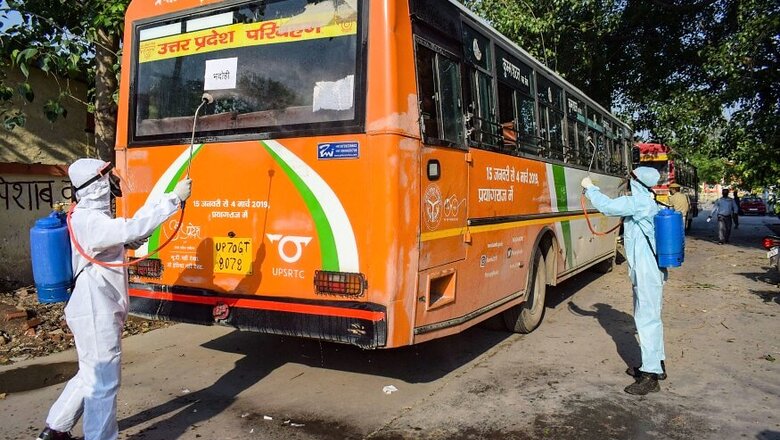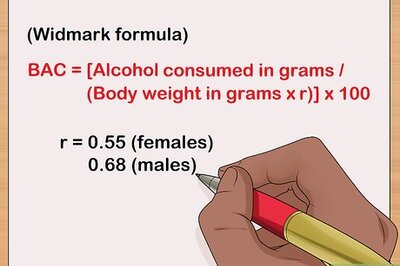
views
India is working towards ‘unlocking’ the country and as a result, there have been some relaxations introduced giving us a sense of normalcy that was before the Coronavirus pandemic took over. However, there is one particular area where there is a lack of clarity as to what is going to happen and as a result, it is on a standstill – public transport. And the biggest impact has been on the buses as most of them continue to stay off the road.
As per a report by CNBC-TV18, 95 per cent of India’s 17 lakh buses are lying idle. The rest of the 5 per cent buses are being used by manufacturing companies or government departments to ferry employees. To give you an idea about the number of people that depend on buses for transport, as per the Bus and Car Operators' Confederation of India (BOCI), private and state-run buses transport 30 crore passengers on an average, daily. Railways carry an average of 2.3 crore people while airlines carry an average of 1.5 crore people per day.
The report, citing BOCI President Prasanna Patwardhan adds, that bus transporters are facing losses of Rs 30 crore a month and currently, at least 30-40 per cent of the employees have gone back to their native homes. And since most of the employees come from a farming background, it is unlikely that they would be returning to their jobs during the monsoon season which means, that not only is there a shortage of staff but it could go on for 2-3 months more, till October-November.
Also Watch:
And when you add to the equation that fact that if you have to run buses and maintain social distancing, then it means that buses will have to run below-occupancy and as a result, in order to meet the demand, more buses will be required on the roads than ever before. All of this combined is leading to a situation of potential bankruptcy for fleet operators, drivers, conductors, mechanics all for all those related to the bus industry.


















Comments
0 comment